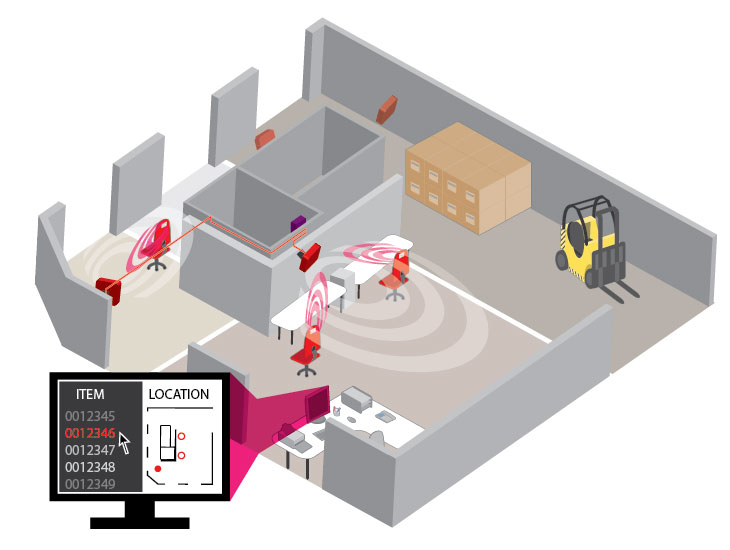Break On Removal RFID Tags
Kollakorn's patented tamper evident Break on Removal RFID tags create an essential one-to-one relationship between the asset and the tag. Tamper indication ensures that the asset itself and not just the tag is being tracked. This is key to the success of programs such as Electronic Vehicle Registration where the use of a tamper indicating tag prevents fraud.
Kollakorn tags include a proprietary tamper layer that is designed to separate on removal of the tag, thereby disrupting the RFID antenna and leaving the tag inoperable. This prevents the tag being successfully transferred from one asset to another, or removed and replaced.




The RFID tag is used in Electronic Vehicle Registration (EVR) and Automatic Vehicle Identification (AVI) and provides a platform for multiple applications such as vehicle registration, speed monitoring, free flow and congestion tolling, parking, fleet management, e-commerce, border security and access control.
Kollakorn's Automatic Vehicle Identification (AVI) tags are specifically engineered and extensively tested for long-term use in all kinds of weather conditions – from snow to the tropics and even the desert.
To complete the AVI hardware solution, Kollakorn uses high performance, weather proofed (IP 67-rated) RFID readers and this combination ensures unbeatable performance in terms of reliability, read distance, speed and most importantly, data security. For open road applications such as e-Tolling and Average Speed Monitoring, the reader is able to read the Kollakorn AVI tag from 15 meters away* and at speeds of over 170 km/h. For lower speed applications such as access control, gated toll plazas and parking lot management, a lower-speed reader is recommended.
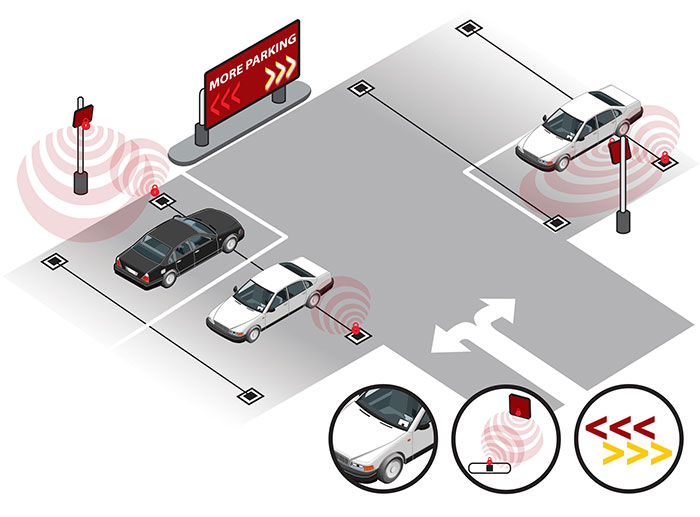
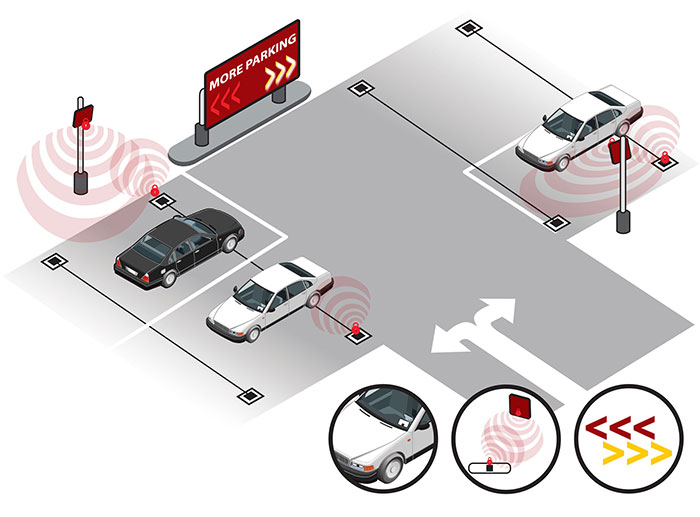
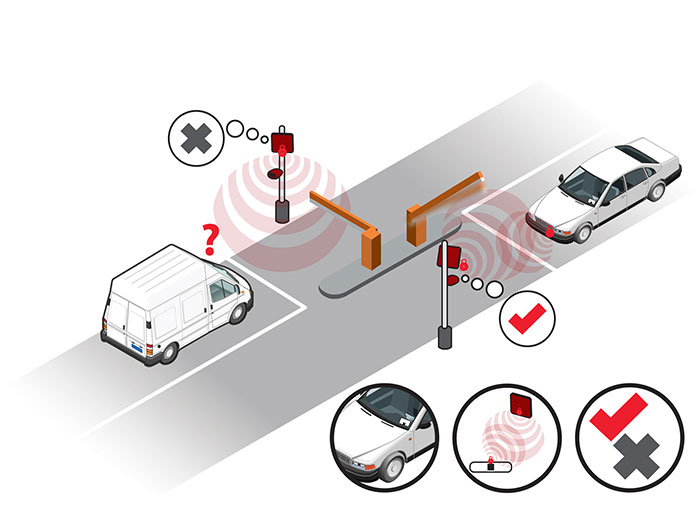
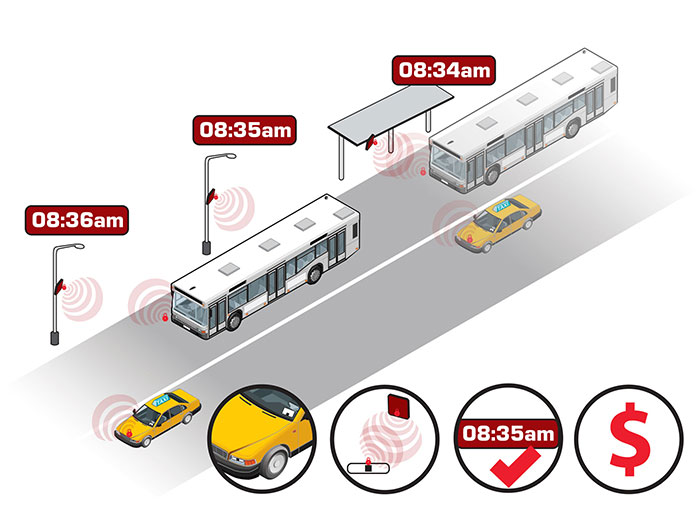

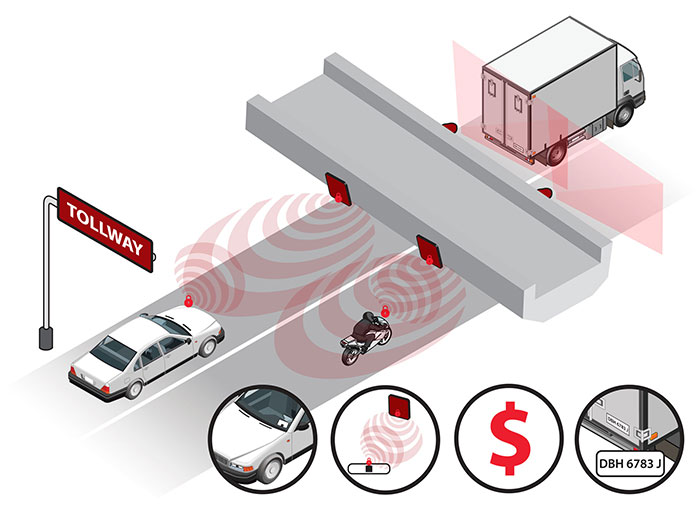
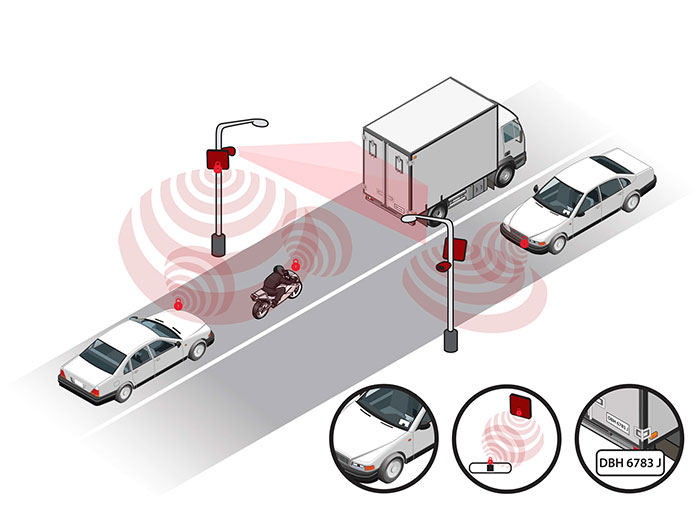
Thailand Case Study
At the time of the case study, Thailand had approximately 27 million vehicles with an estimated growth rate of 1 million vehicles per year. The Thai Department of Land Transport (DLT) estimated that 5 million vehicles were unregistered or did not renew their annual registrations. This resulted in the loss of vehicle tax income, and also meant that motorists were uninsured and could be operating non-roadworthy vehicles. This non-compliance with safety standards often resulted in higher numbers of road incidents.
In February 2010, the DLT awarded a contract to Kollakorn Thailand to implement and manage an Electronic Vehicle Registration (EVR) program in Thailand using passive RFID to tag vehicles, in an effort to recover lost registration and enforce compliance.
They chose Kollakorn's tamper indicating Headlamp tag as 60% of the country's vehicle population are motorcycles and passenger vehicles often have metalized windshield tinting that inhibits RFID tag performance. In this first phase of EVR, 450 fixed readers were installed in Bangkok, Greater Bangkok and its surrounding provinces.
From June 1, 2011, 1000 public passenger mini vans were tagged in order to use the Don Muang Tollway as part of a pilot project to monitor speeding. Readers installed on the tollway monitored the average speed of these public transport vehicles. This initiative was to curb excessive speeding on the tollway, leading to multiple fatalities. This pilot was a great success.
On April 1, 2012, the DLT made it mandatory for all public passenger mini vans to be tagged in order to operate on the Don Muang Tollway. With Average Speed Enforcement in place, the number of accidents involving fatalities along the Tollway fell from 92 in June 2011 to 7 in June 2012. The DLT expanded Average Speed Enforcement to many more Tollways in and around Greater Bangkok.
The next phase of the Average Speed Enforcement programme was to include commercial vehicles carrying Hazardous cargo and other commercial and public vehicles requiring tags in order to use the Tollways. Fewer speed-related incidents on the Tollways were expected to see a reduction in congestion, air pollution and economic impact on the community.
Don Muang Tollway was to introduce Electronic Tolling Collection (ETC) using the Kollakorn Tag through a pilot project commencing September 2012. This was to be the first application of passive RFID AVI technology for ETC in Thailand. The fixed readers were able to read the Kollakorn Headlamp tag from 15 meters distance, and read and write back data at speeds in excess of 180 km/h.
The roll out program in Thailand did not proceed. Kollakorn continues to work with the Thailand Government to progress opportunities for our technology.
Asset Tracking
Kollakorn’s Tamper Evident BOR RFID tag ensures a one-to-one relationship with the asset and the tag. This means you are tracking the asset and not just the tag. Asset management and tracking using Passive UHF RFID is cost effective, efficient and discreet.
Using either a fixed or mobile reader network, the movement of assets can be tracked and reported in real time or at regular intervals. The movement of assets such as laptops, high value or mobile office equipment can be tracked through a fixed reader network and unauthorised movements may be detected before the loss of an asset. Inventory management is also made easier for accounting or stock-level management purposes where a handheld reader or smart shelving can be used to maintain an accurate catalogue of assets at all times.
* The fixed reader in a non-frequency hopping mode can read the Kollakorn Headlamp tag from 15 meters away, and can read and write back data at 180 km/h based on the latest speed test conducted in the field in Thailand in June 2011.


